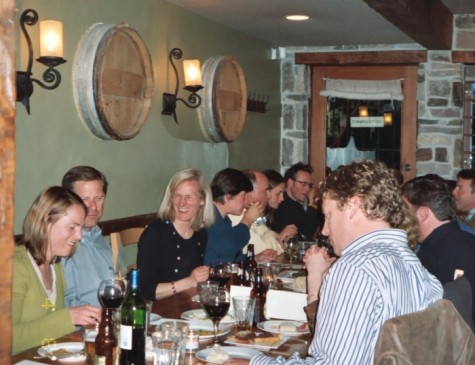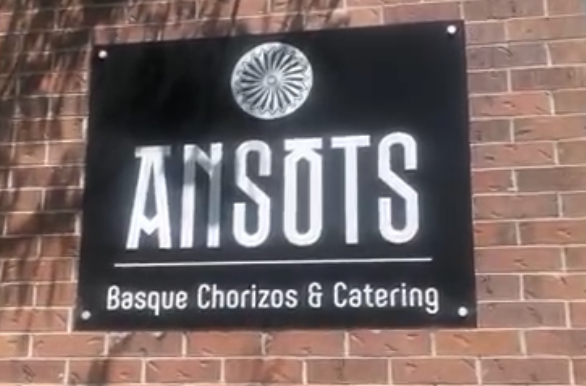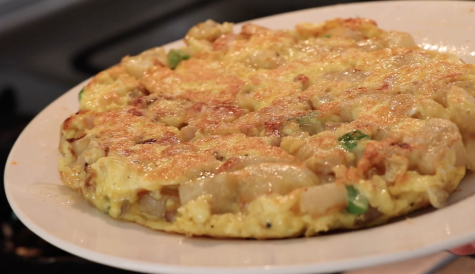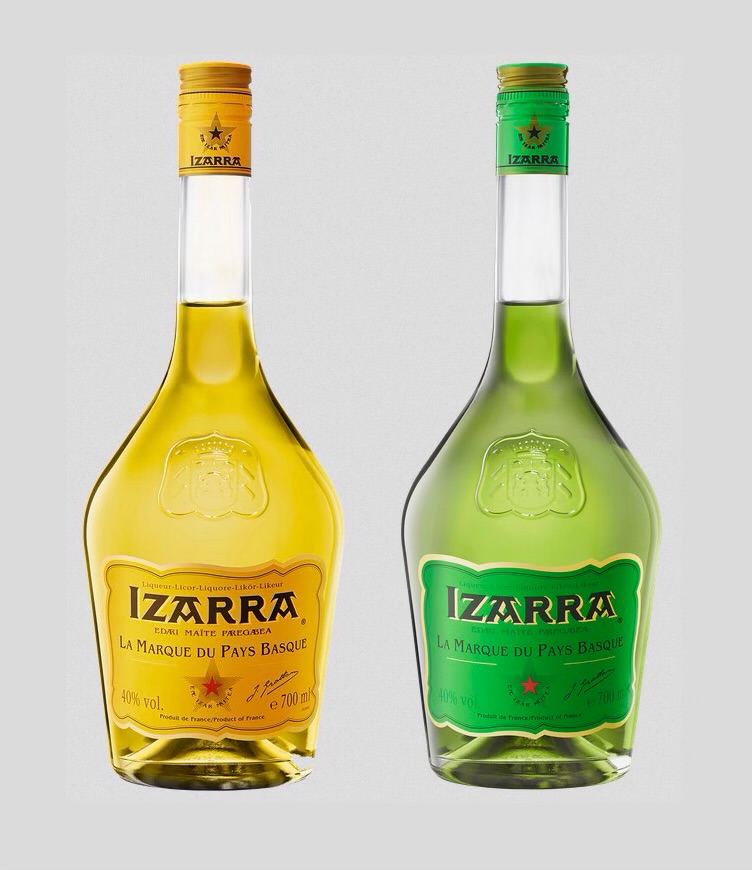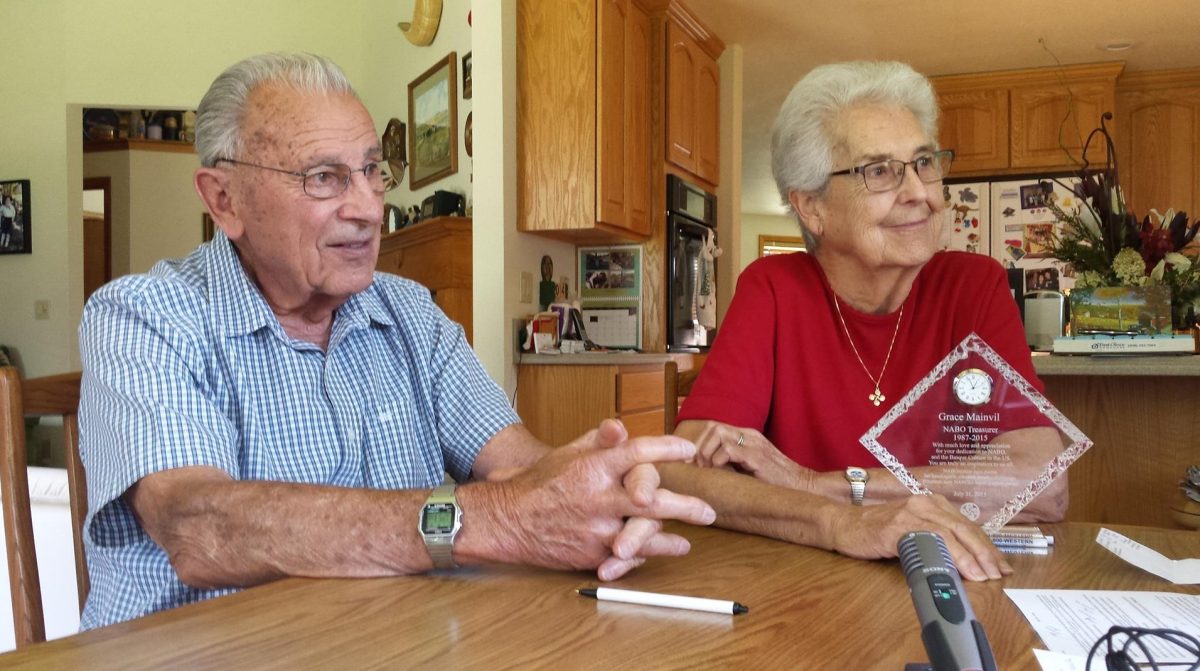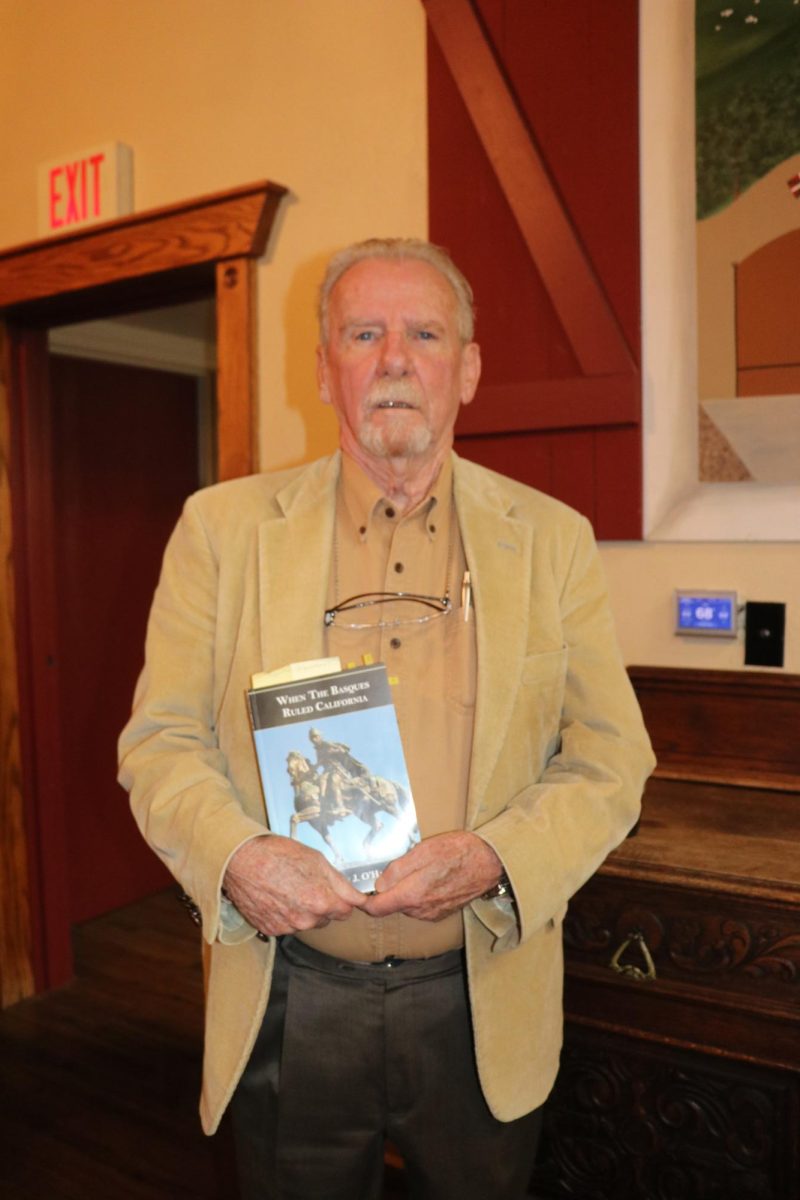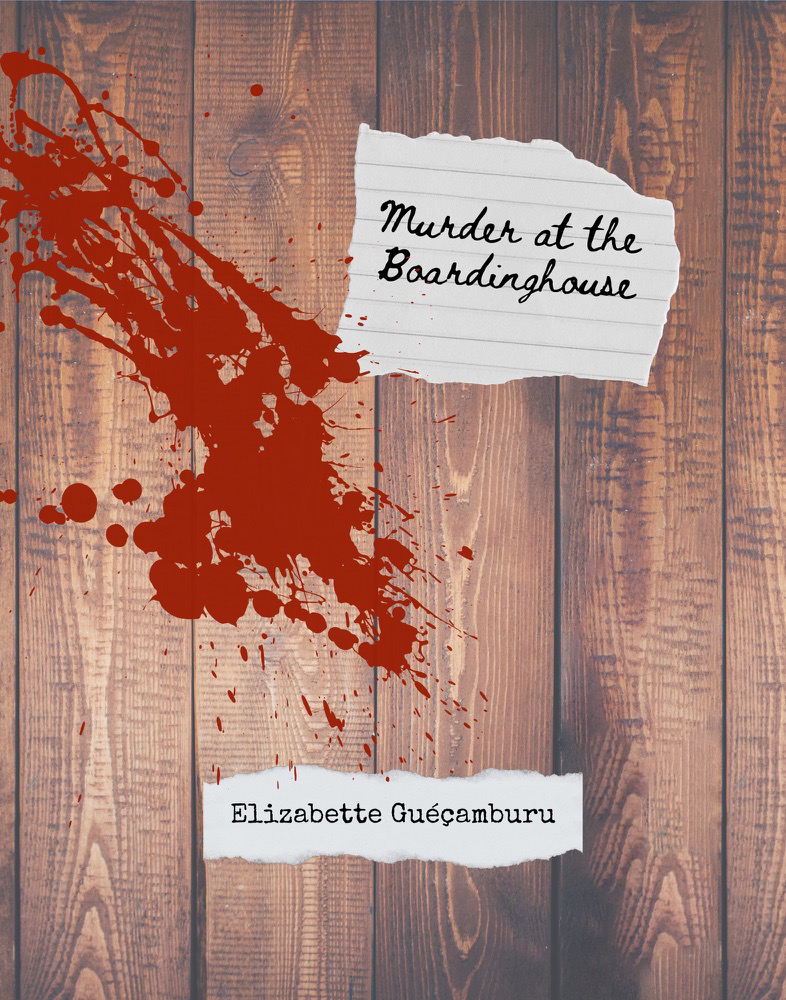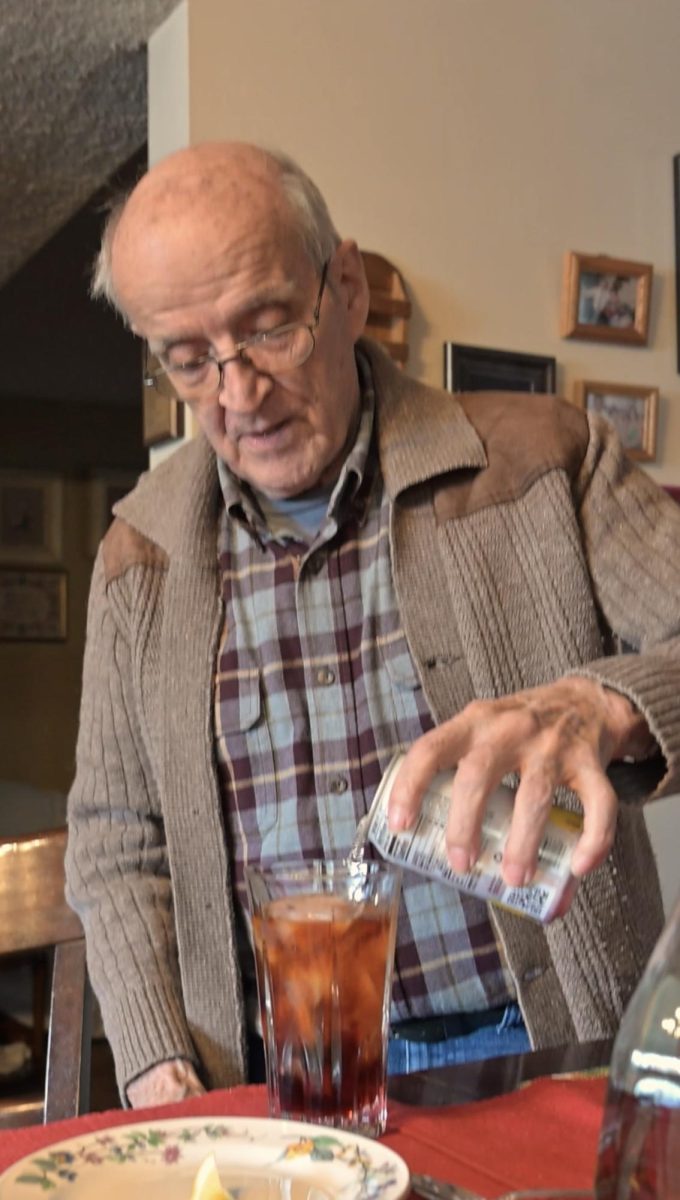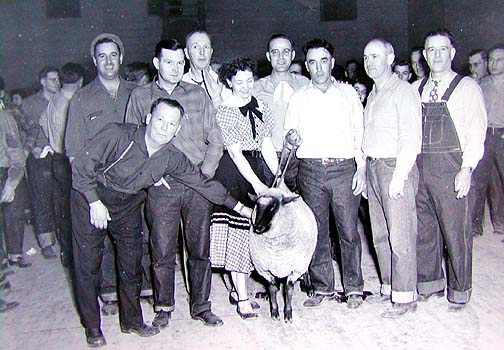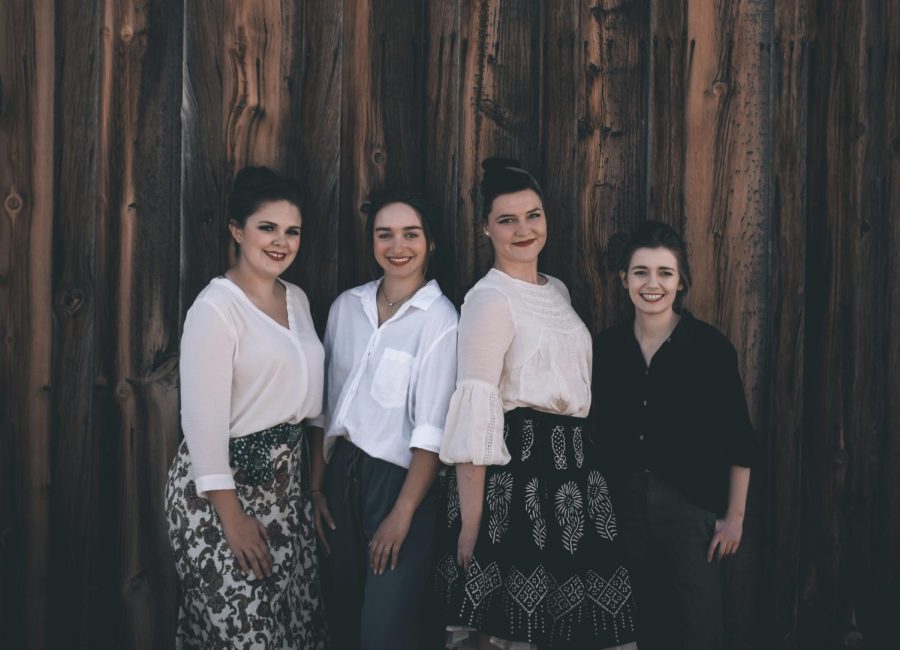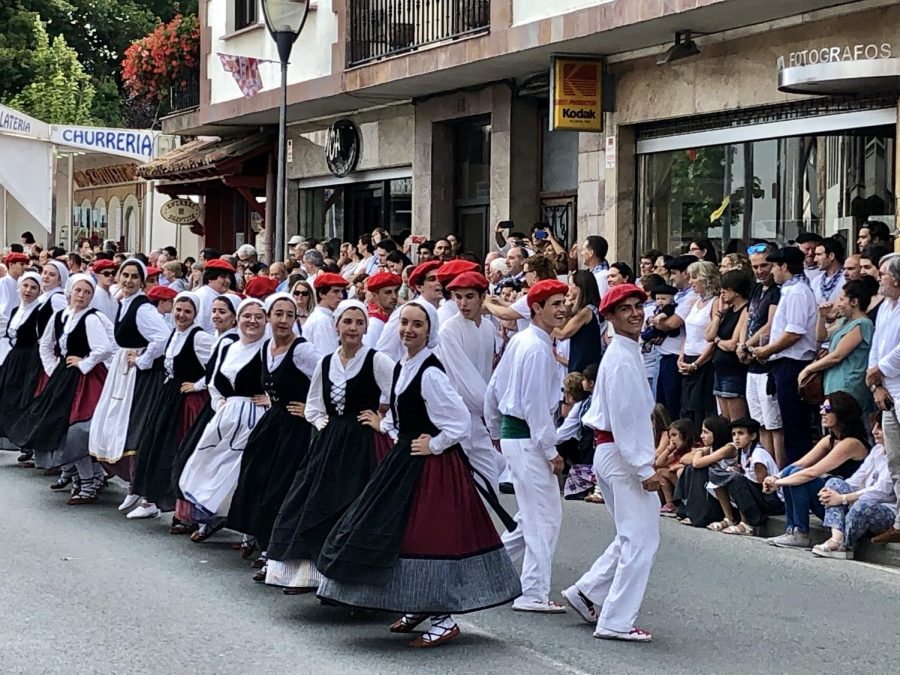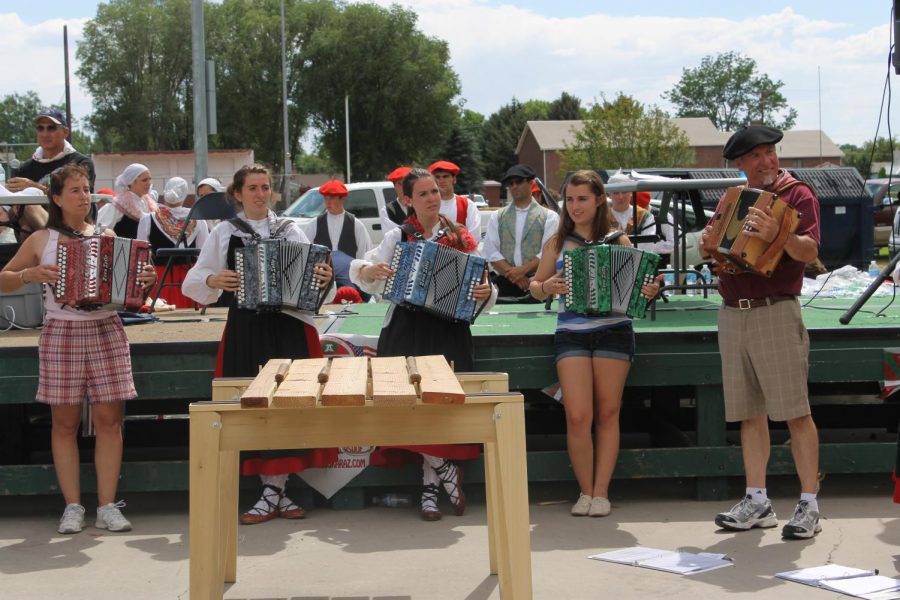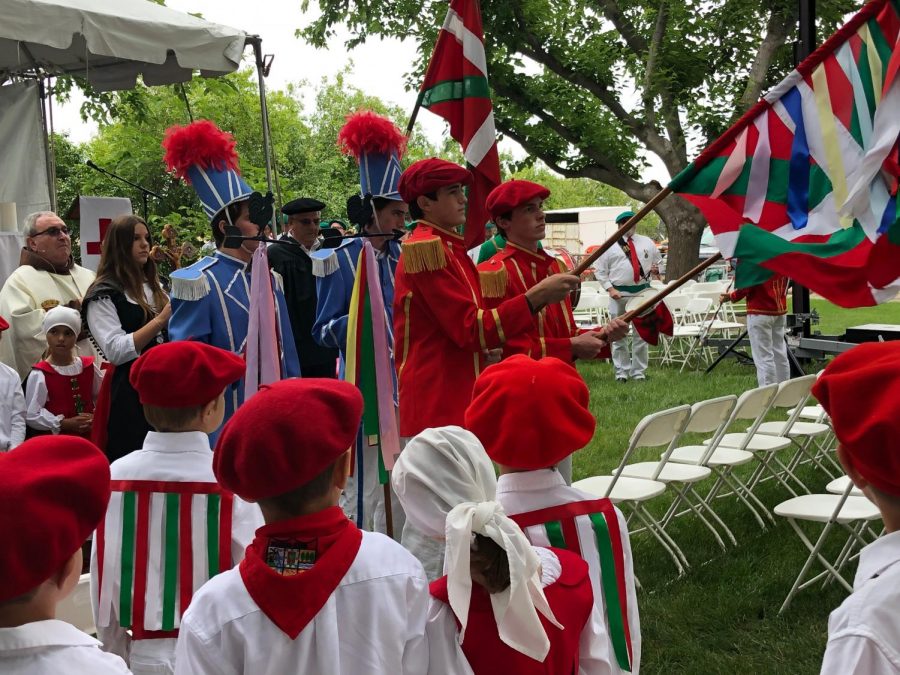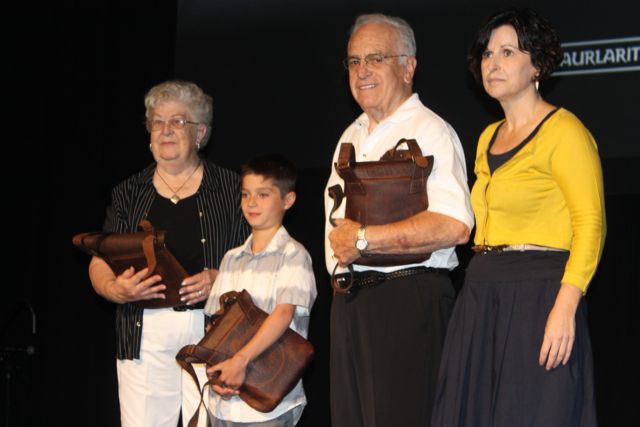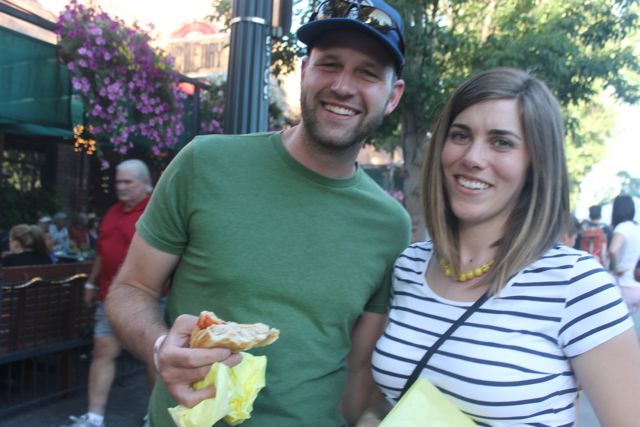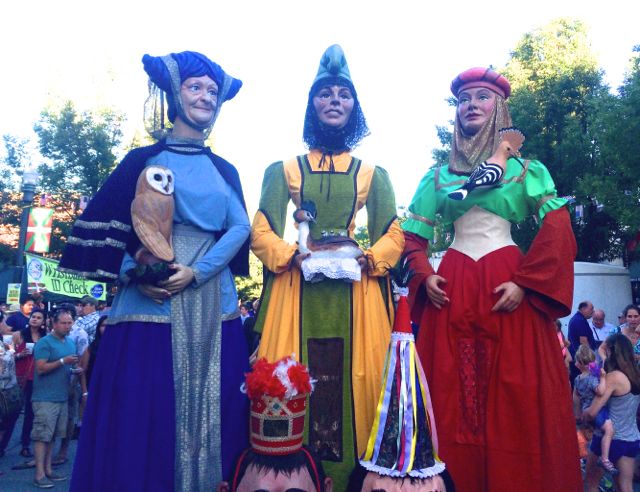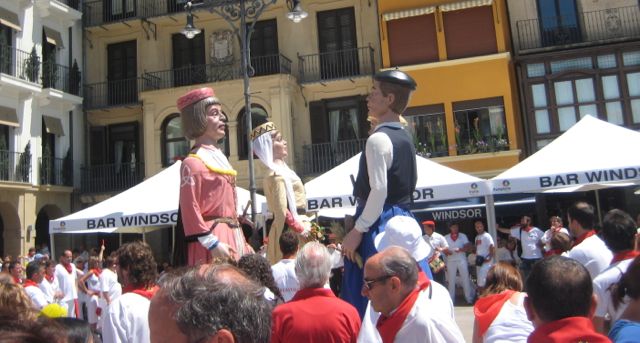By John Ysursa
One of the most recognizable male Basque dances, which has become popular this summer at Basque-American festivals, is the “banakoa” from the region of Durango in Bizkaia.

There are several variations, that are distinguished by the number of dancers going at the moment. Thus there is the Banakoa (solo performer), Binakoa (two dancing at at time), launakoa (four at a time) and then the shared transition of the zortzikoa when all eight are dancing together. These dances represent a portion of what is called the “Dantzari dantza” or the Dancer’s dance.
It is tough to say where this dance originated. Some have argued it is related to the English Moorish dances, because of the shared eight dancers, white costumes, etc. But why the English or the Basques danced these is what remains a mystery.
One theory is that they were dances to prepare young men for battle, because of the swords and sticks used in the cycle of dances. Others argue it is a dance derived from a pagan fertility ritual, and another theory posits they were danced originated as a form of magic to expel negatives elements like insects from the community. We will probably never know for sure about the origins, but we do know that these sets of dances have continued for centuries.
They have become especially popular because of the vigor of the dances, with the high kicks and rapid turns.
In the U.S., more recently they have been adapted as a feature dance in the middle of a public Basque dance. The band strikes up the tune, and soon a handful of dancers comes forward and the show begins. These dances were especially popular at Jaialdi in Boise, Idaho.


